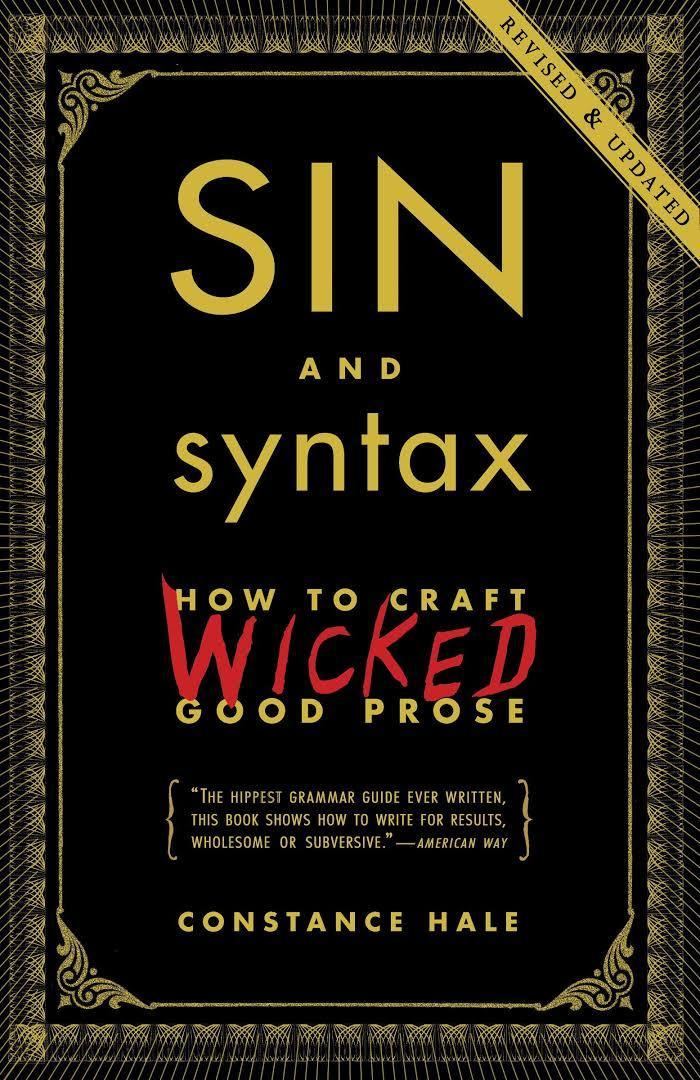8.2 /10 1 Votes8.2
4/5 Goodreads | 4.2/5 Barnes & Noble Originally published 1999 | |||||||||||||||||||||||||||||||||
 | ||||||||||||||||||||||||||||||||||
English language books Woe Is I, The transitive vampire, Grammar snobs are great big, Sister Bernadette's Barking D, Write Right!: A Desktop | ||||||||||||||||||||||||||||||||||
Sin and Syntax: How to Craft Wickedly Effective Prose (1999), by Constance Hale, is an American English guide to stylish prose. The term is often used as a method of teaching writing in an innovative method that combines the academy and the street. The book approaches prose through words, sentences, and music (which includes voice, lyricism, melody and rhythm). It then breaks down each of these ideas into separate chapters that are themselves broken into "bones" (grammar lesson), "flesh" (writing lesson), "cardinal sins" (the don'ts) and "carnal pleasures" (the do's).
Reviews
References
Sin and Syntax Wikipedia(Text) CC BY-SA
